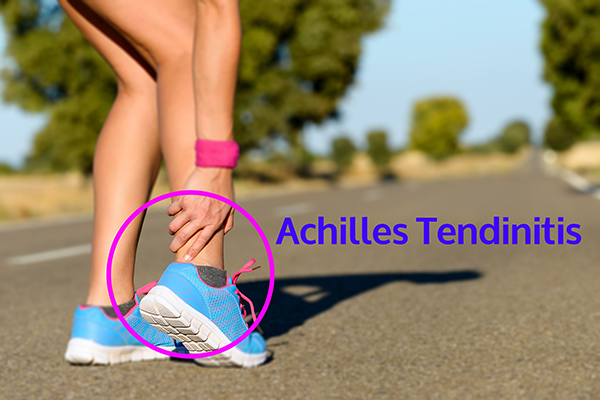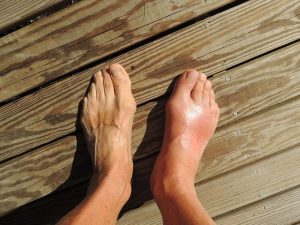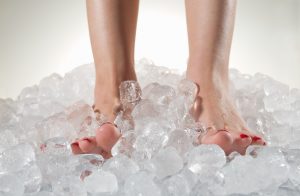I seem to be seeing a lot of Achilles Tendinitis in the clinics at the moment. Also known as Achilles tenosynovitis or Achilles tendinopathy.
This condition causes pain in the back of the heel, worse on and after exercise and often particularly painful on rising in the morning. There may be swelling and thickening of the tendon, it may look like a nodule on the back of the tendon.
There are two main presentations of this condition, Noninsertional Achilles Tendinitis and Insertional Achilles Tendinitis, as the names suggest, insertional is in the part of the tendon which attaches into the bone and noninsertional is in the other part. Sometimes the insertional variety is associated with a bony spur formation at the back of the heel (not to be confused with calcaneal heel spur).
So what causes Achilles Tendinitis?
Well as usual there a number of causes it tends to be an overuse type injury, although tight calf muscle in my experience is always present.
Sudden increase in exercise duration or intensity, insufficient stretching before and after exercise, worn shoes and
over pronation where the foot flattens can all contribute.
The condition is common in runners and also sports which involve jumping but can also affect people who are not sporty at all.
The achilles tendon is the largest tendon in the body and it attaches the calf muscle to the back of the heel. It is used to lift the heel and it stores energy each step to help with the following step although very strong it has to have some elasticity.
When someone gets Achilles Tendinitis there is scarring and degradation of the tendon which causes the tendon to become stiff and inflexible. This increases the possibility of rupture. Due to the poor blood supply to achilles it can take a long time to heal. The literature often says six to twelve months although with good treatment I expect it to be a lot quicker.
Treatment of Achilles Tendinitis involves stretching and strengthening, I find Low level Laser works very well as it increases the blood supply to the area and also reduces the pain and swelling.
Rest and cessation of activities which exacerbate the problem, switching to low impact exercise. Ice and anti inflammatories help.
Addressing footwear and controlling the over pronation with strapping or and orthotic. I tend to favor orthotics with a combined heel raise which control pronation and reduce the velocity of the pull on achilles. In severe cases surgical debridement of the tendon may be required.
As with all overuse/sports type injuries there is no single cause to the problem and therefore no single solution and successful treatment is tailored to the individual’s causes and needs.
Philip Mann Podiatrist/Chiropodist 686912307 www.footpodiatrist.com




